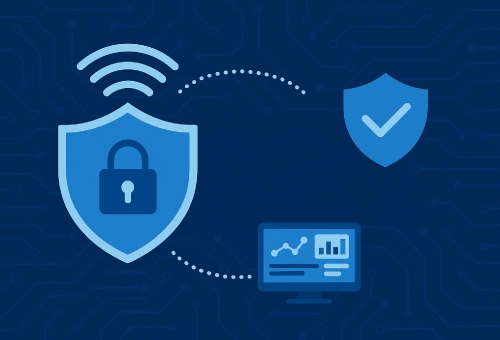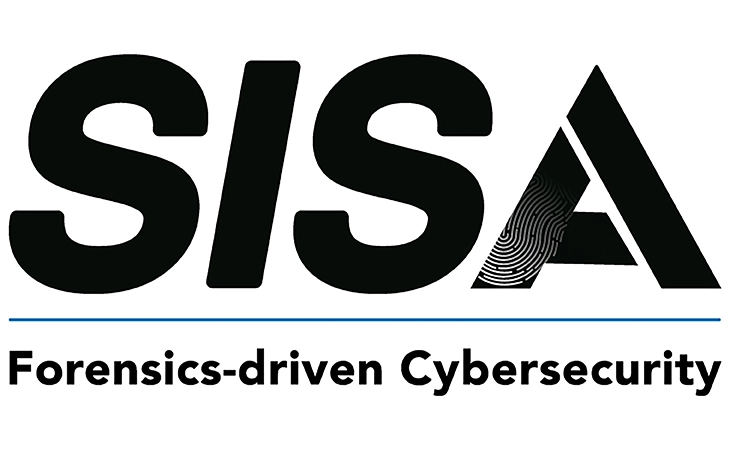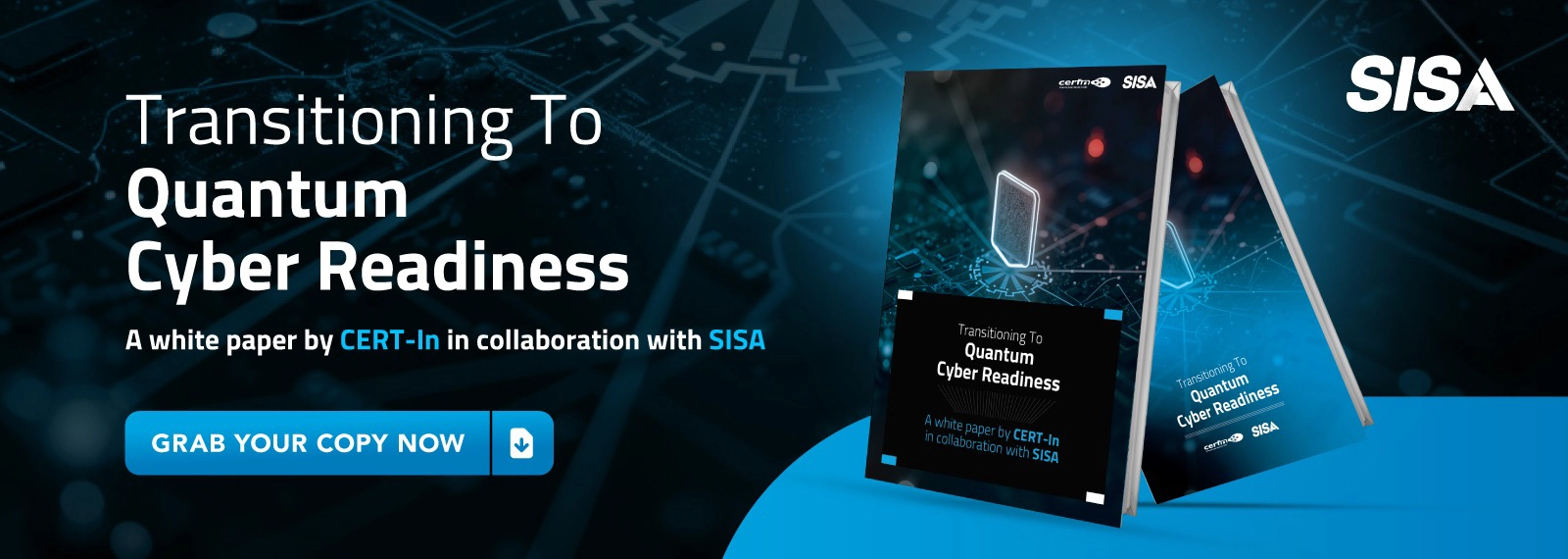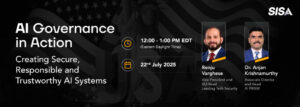
Top 5 AI Risks Facing Organizations and How SISA Can Mitigate Them
Artificial Intelligence (AI) is revolutionizing industries, optimizing processes, and enhancing efficiency across various business functions. However, as AI technologies become deeply embedded in enterprise operations, they also introduce a new set of risks that could compromise data integrity, security, and compliance. Organizations must proactively address these vulnerabilities to ensure AI remains an asset rather than a liability. Below, we explore the top five AI risks that organizations face today and how SISA’s specialized solutions can help mitigate them.
1. Exploitation of Large Language Models (LLMs)
Risk Explanation
- As LLMs are increasingly integrated into enterprise workflows, threat actors target them with attacks such as prompt injection.
- Malicious inputs can manipulate model outputs, leading to unauthorized data access, biased or misleading responses, or disruptions in automated processes.
How SISA Mitigates This Risk
- LLM Scanner: A specialized solution that evaluates the security posture of an LLM deployment, ensuring configurations and interfaces are safeguarded against common exploits.
- LLM Red Team Service: A penetration testing framework tailored to LLM environments. Our experts simulate real-world attacks to identify vulnerabilities in deployment pipelines and recommend remediation strategies.
2. Privacy Risks and Data Bias
Risk Explanation
- Training data may unintentionally include Personally Identifiable Information (PII). If left unchecked, organizations risk non-compliance with privacy regulations and potential data breaches.
- Biased datasets can lead to discriminatory AI outputs, reputational damage, and violations of emerging fairness standards.
How SISA Mitigates This Risk
- Data Scan: Proactively detects PII in training datasets and flags anomalies or sensitive information before it is used in model development.
- Bias Detection and Mitigation: Identifies potential biases within datasets and provides strategies to rebalance or cleanse data, ensuring fair and compliant AI outputs.
3. Responsible AI Constraints
Risk Explanation
- Regulatory mandates (e.g., EU AI Act) and best practices require AI to be transparent, explainable, fair, accountable, private, secure, and governed responsibly.
- Non-compliance can lead to significant legal liabilities, reputational harm, and operational setbacks.
How SISA Mitigates This Risk
- Responsible AI Consultation: Guides organizations in designing AI systems that meet global regulatory requirements (EU AI Act) and international standards (e.g., ISO 42001).
- Governance Framework Implementation: Helps establish internal policies and controls to maintain ethical, secure, and compliant AI practices.
4. Shortage of Skilled AI Security Professionals
Risk Explanation
- As AI deployment accelerates, there is a growing gap in expertise for safely developing, deploying, and maintaining AI solutions.
- Lack of qualified professionals leaves organizations vulnerable to overlooked security flaws and incomplete risk management.
How SISA Mitigates This Risk
- ANAB-accredited Cybersecurity for AI Training (CSPAI): A comprehensive program that equips professionals with the knowledge and skills needed to secure AI/ML environments.
- Certified Security Professional in AI (CSPAI): Industry-recognized certification that validates an individual’s capabilities to safeguard AI deployments and align with best practices.
5. Intruders Leveraging AI for Advanced Attacks
Risk Explanation
- Cybercriminals increasingly use AI to evade traditional detection methods, automating and personalizing attacks for greater stealth and impact.
- AI-driven intrusion methods can outpace legacy security tools, leaving organizations exposed.
How SISA Mitigates This Risk
- Managed Extended Detection and Response (MXDR): Employs advanced AI/ML algorithms to identify, analyze, and respond to suspicious activities in real-time.
- Proactive Threat Hunting: Regularly scans networks and systems for emerging AI-driven threats, ensuring swift detection and mitigation.
Conclusion
AI/ML technologies are revolutionizing business operations, but they also present novel and evolving security challenges. By addressing these top five AI risks through SISA’s specialized services—ranging from LLM security and data privacy to comprehensive threat detection—organizations can safeguard their investments in AI while meeting regulatory obligations and ethical standards.
 USA
USA India
India APAC
APAC Middle East
Middle East Global
Global




 Facebook
Facebook Linkedin
Linkedin  X
X Youtube
Youtube






